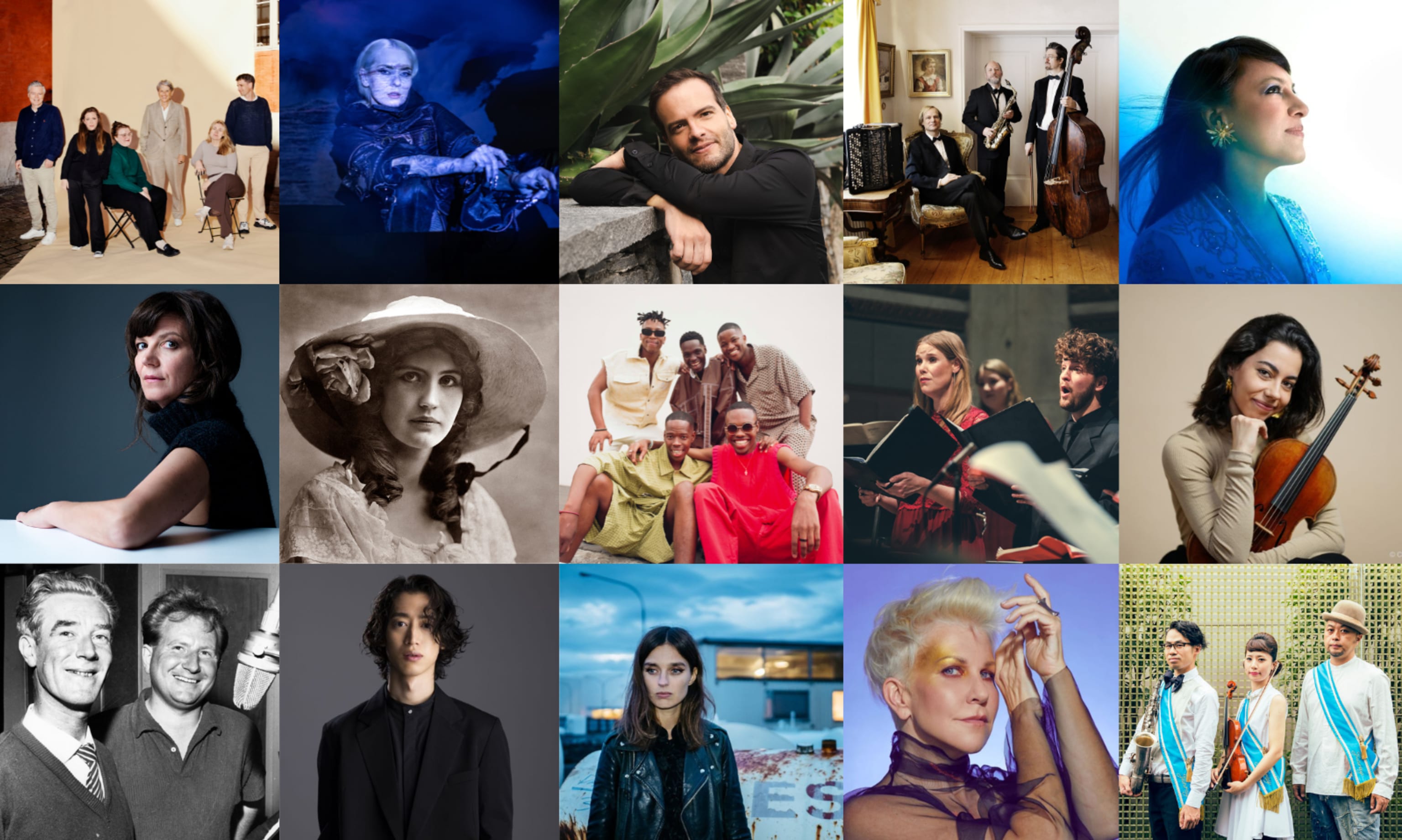Everyday stories from the Moroccan medina
- Home
- Festival
- 2020-and-before
- Articles
- Everyday Stories From The Moroccan Medina
November 19, 2012
The duo Zimmermann & de Perrot likes to give plenty of space to the small things in life. Which is why Chouf Ouchouf is about what goes on in the back alleys of Tangiers.
Swiss Martin Zimmermann and Dimitri de Perrot met at the club scene in Zürich, where Dimitri was working as a DJ in the 1990s. Despite a background from stage art and music respectively, they soon realized that their view on art was identical. Today the two directors are famous for producing unconventional comic plays (or ‘theatrical circus’) and original shifting sets. Chouf Ouchouf, performed by Groupe acrobatique de Tanger which comes from the rich Moroccan tradition of street acrobatics and circus, is no exception.
Is the place of performance central for you?Dimitri de Perrot: As we are not word-based artists, staging and set design are crucial if you want to talk about the world without using words. That’s where bodies express our thoughts. First of all we create a universe so that actors and dancers can bounce themselves on it and then tame it.
Do you think that constraint is essential so that you can develop your work?Martin Zimmermann: Yes, because it enables us to go deeper in the characters. We know in advance where they are going to live and we can dream up lives for them. Characters emerge little by little. With us, this is how theatre comes about, a form of theatre that can be thought of as having affinity with silent movies, or in a more contemporary vein, with the development of a video clip, with music and movement.D. de P. : First of all, we are two directors, which in itself is unusual. We provide them with a huge space in which to express themselves but it is a circumscribed space that is limited to its extremities. Some performers immediately feel at home with our ideas, whereas others struggle and need our help to find their way.
So you went to work in Tangiers on Chouf Ouchouf. Is the town a central aspect of your work?D. de P.: The town as a labyrinth fascinated us. The medina of Tangiers is spectacular, and the feeling of loss, of disappearance then of reappearance really preoccupied us. It reflects feelings that are very human and existential. We arrived in Tangiers in January. We looked around, walked around and we imagined the decor when we returned. We tried to capture the emotional and aesthetic shock that we experienced. Then we returned to Tangiers for three months to construct the performance. Our idea was to convey the originality of the location of this town turned towards Europe, this labyrinth, this nostalgia for a cosmopolitan past confronting a very different present.
This is the first time you use texts and songs in one of your performances. Why did you choose to do this?D. de P. : What interested us about the work is that it forced us to move to locations that we did not know well. On top of that there was the complexity of Arabic, a language that we do not understand. It was the performers from Groupe acrobatique de Tanger who suggested these pieces and we chose songs that create a lot of emotion in the group and force it to react differently. The content seemed to us to be secondary, even though we did of course ask them what the songs were about. But we did not want to translate them so that they retain a certain mystery for the audience, as they did for us the first time we heard them. The title of the performance is based on a song by the way. Did you want to change their traditional acrobatic acts or did you keep them intact?M. Z.: At first we wanted to see everything that they could do technically and in terms of their tradition because Moroccan acrobatics is very different from what is practised in Europe. We wanted to see how they danced, and it was on the basis of what we saw that we created the performance. Except for the opening, which is in the purest acrobatic tradition of this family group from Tangiers, where we got them to form human pyramids. In general, they do their acts in hotels for tourists, on the beach or at weddings and other ceremonies. Some of them have been training from a very early age, and the training is sometimes very tough.
D. de P. : What interested us from the outset was that the group already had a huge number of personal and collective stories to tell. One has the impression that after the collective acts that open the performance, you were trying to find the point at which each performer loses his balance?D. de P. : Yes, that’s right. We did not want to produce a technical performance based on the Moroccan acrobatic tradition. As with our other performances we wanted to tell stories about human beings. But we had to get them to talk about themselves so that we could discover them, make a connection and make the theatre come alive – through them, because it is their world that they are narrating, their everyday life. Daily life that can end very brutally. This sense of the fragility of life is so present in the town that we were overwhelmed. There is an immediacy of life, an effervescence that can be sensed in the town. This was a real shock for us, coming from Switzerland where our security is permanently guaranteed, where we have insurances for every moment of life.
M. Z.: The most important thing for us is to present on the stage the human richness of these acrobats and of the world in which they live. Edited excerpt from an interview by Jean-Francois Perrier/Festival d‘Avignon 2010.






